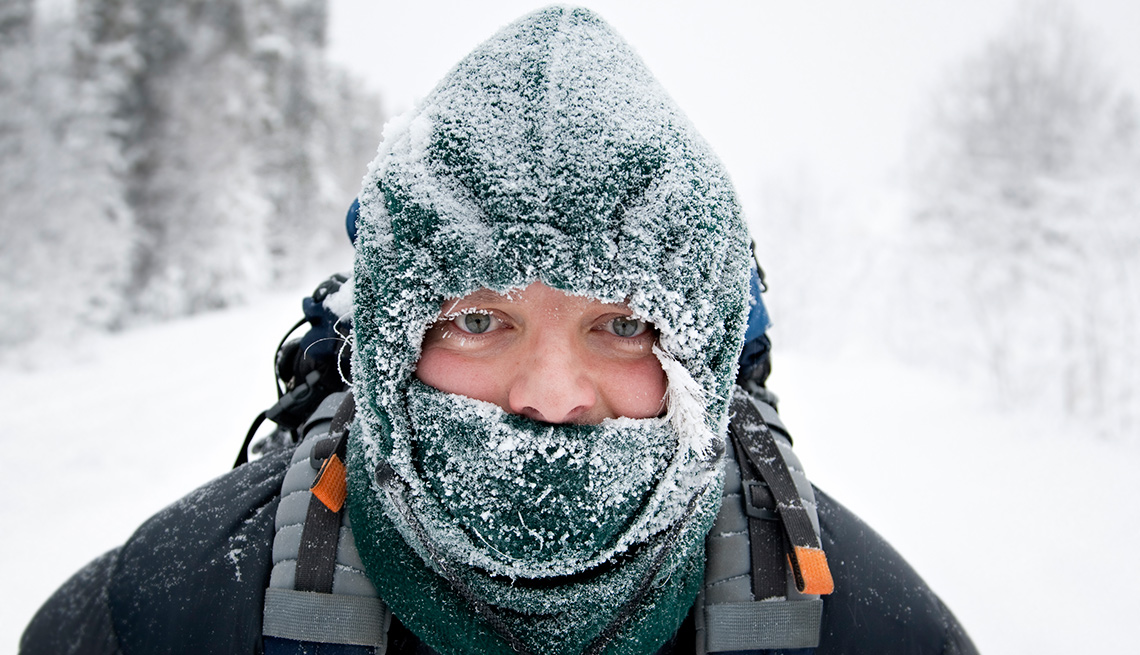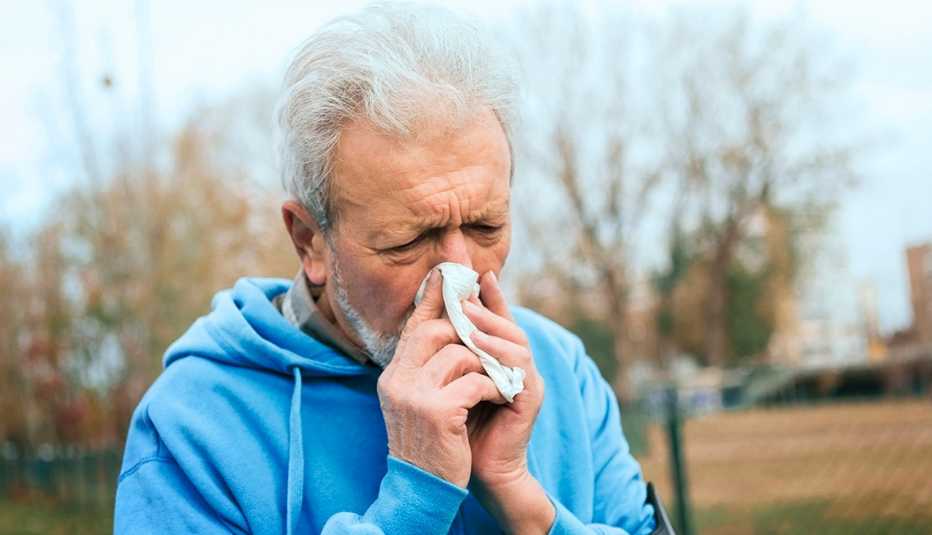Staying Fit
A majority of states have plunged into frigid temperatures as a deep freeze and serious winter storms hit. As record-setting cold snaps affect millions, it is more important than ever to be aware and prepared for the possibility of frostbite. It is especially crucial to look out for older family members. Older people are more at risk for frostbite, says Dawn Marie Davis, a dermatologist with the Mayo Clinic in Rochester, Minnesota.
“When you are older, your tissues are weakened and they don’t heal as well,” she says. Older people are also more likely to have blood vessel diseases, which make people more susceptible to frostbite. Frostbite is a bodily injury caused by exposure to extremely cold temperatures, according to the Centers for Disease Control and Prevention (CDC). Freezing temps can result in loss of feeling and color in affected areas of your body — most often your extremities. Frostbite can permanently damage your body, and in severe cases, it may lead to amputation.


AARP Membership— $12 for your first year when you sign up for Automatic Renewal
Get instant access to members-only products and hundreds of discounts, a free second membership, and a subscription to AARP the Magazine.
Davis says frostbite can happen in a matter of minutes, depending on conditions. Other than cold temperatures and the amount of clothes you have on, wind and altitude can also make frostbite more likely. A damp, wet type of cold or having wet clothes also increases risk. People can get frostbite under clothes as well as on exposed skin.
Risk factors
Risks for developing frostbite include:
- Having poor blood circulation
- Not dressing properly for extremely low temperatures (Alzheimer’s and other dementia patients may need extra guidance on how to dress appropriately, and older people in general may not have access to proper food, clothing or heating.)
- Staying outdoors for long periods (homeless people, hikers, hunters, etc.)
- Drinking alcohol in excess or using illicit drugs
- Taking medication for high blood pressure
- Having diabetes
- Having peripheral artery disease (PAD)
- Smoking
Prevention
Try to stay indoors as much as possible when the weather is extremely cold. If you must go outside, dress properly, and make sure that loved ones at high risk are also dressed appropriately. As the Swedish saying goes, “There is no bad weather, only bad clothes.”
When going outside in cold temperatures, be sure to wear:
- A scarf or knit mask that covers your face and mouth
- Mittens or gloves
- Water-resistant boots
- A hat
- A water-resistant coat
- Several layers of loose-fitting clothing
Make sure that the body parts most often hit by frostbite are covered in warm, dry clothing: nose, ears, toes, cheeks, chin and fingers.
Three stages of frostbite
Frostbite can occur in several stages, according to the Mayo Clinic.
1. Frostnip
Frostnip is a mild form of frostbite and leads to numbness. As the skin warms, it can be painful, but it doesn’t cause permanent skin damage.






































































